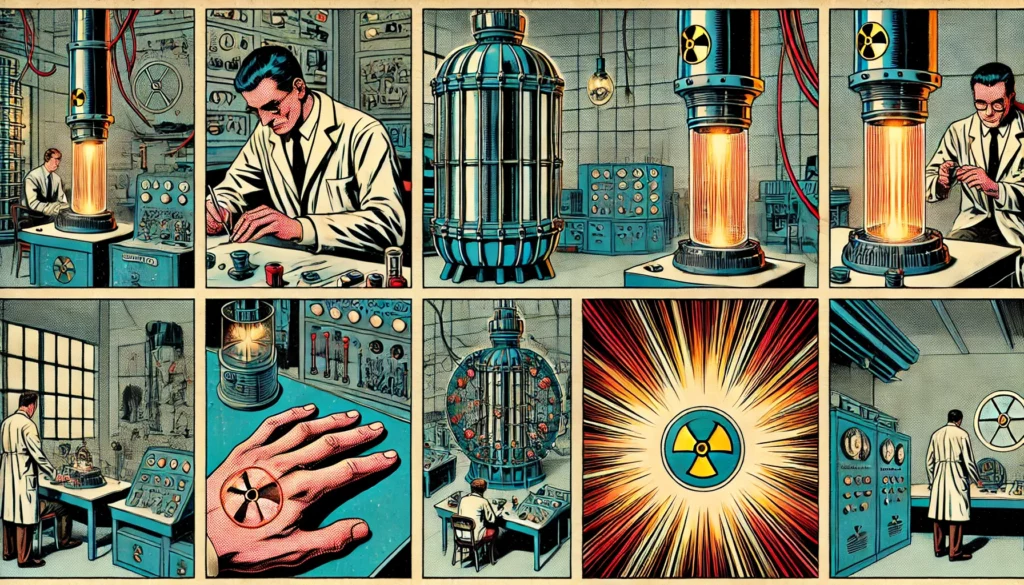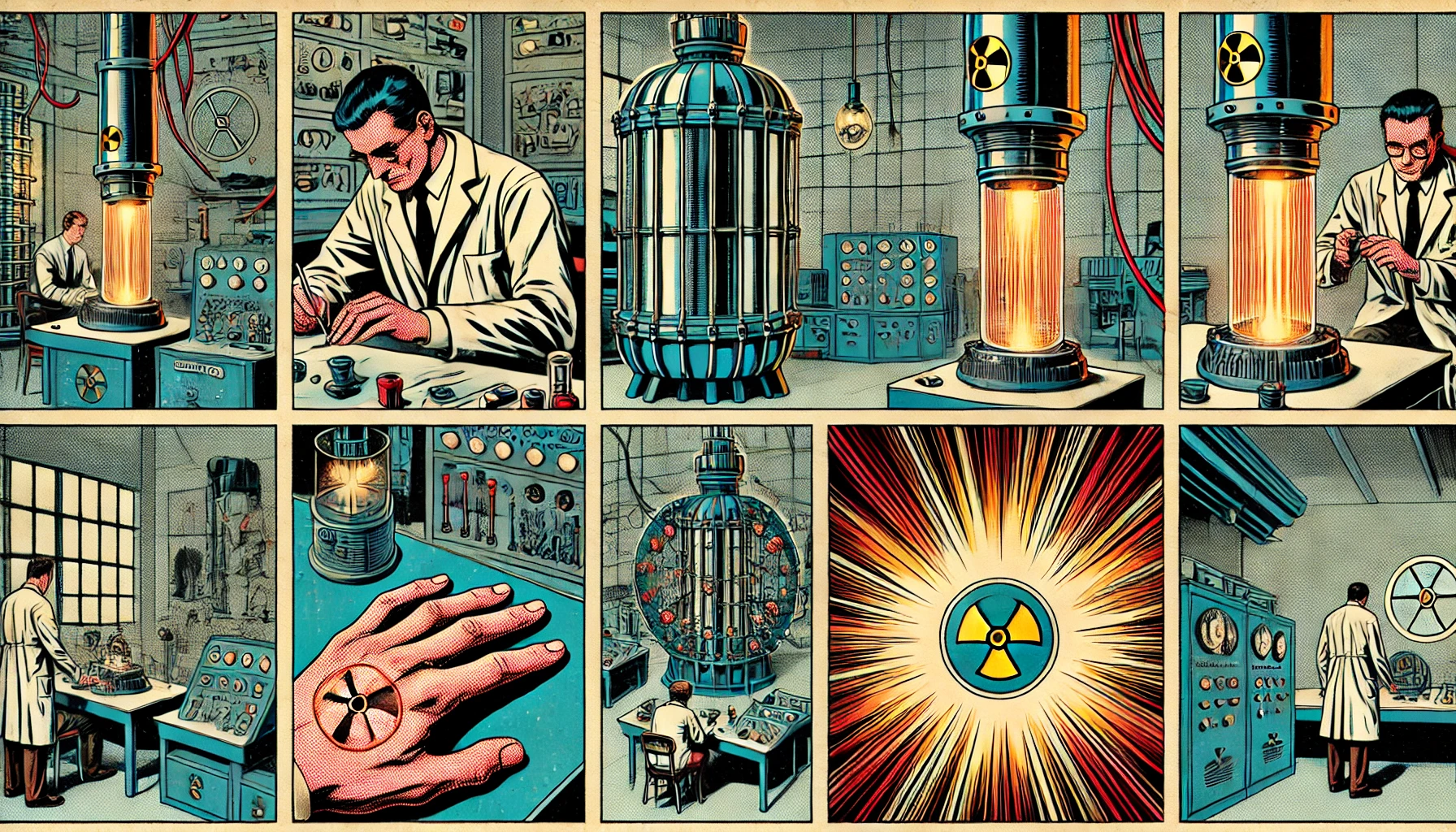Cyclotron Beam Injury Incident
Haruo Sakaki, a Japanese researcher who in the 1930s conducted an experiment involving a cyclotron. Sakaki inadvertently placed his hand in the path of the cyclotron’s proton beam during its operation. This led to severe radiation burns and eventually resulted in his death due to radiation exposure.
This incident is often cited in discussions about the early days of nuclear physics and radiation safety, highlighting the dangers faced by pioneering researchers in the field who worked without the full understanding or protections against radiation that are standard today.
Haruo Sakaki: The Cyclotron Beam Incident and Its Legacy
The field of nuclear physics has been a cornerstone of scientific innovation, but it has not been without its dangers. Among the sobering tales from its early days is the tragic story of Haruo Sakaki, a Japanese researcher whose accidental exposure to a cyclotron’s proton beam serves as a powerful reminder of the risks faced by pioneering scientists.
The Incident
In the 1930s, Haruo Sakaki was part of a team conducting experiments with a cyclotron, a type of particle accelerator that had revolutionized nuclear physics. The cyclotron was designed to accelerate charged particles along a spiral path using a magnetic field, enabling groundbreaking research into the atom.
During one experiment, Sakaki inadvertently placed his hand in the path of the proton beam while the cyclotron was in operation. The beam, carrying intense radiation, caused severe burns to his hand and irreparable cellular damage. At the time, the long-term effects of radiation exposure were not well understood, and safety protocols were rudimentary at best.
The Consequences
The radiation burns Sakaki sustained were extensive, leading to a painful deterioration of his health. Over time, the exposure caused systemic damage, and he succumbed to radiation-induced complications. His tragic death underscored the invisible yet lethal nature of radiation—a force that could not be seen or felt until its effects manifested.
A Turning Point in Radiation Safety
Sakaki’s story became a cautionary tale that spurred changes in laboratory practices. It highlighted the urgent need for comprehensive safety measures in environments where high-energy radiation was present. Protective barriers, remote operation of machinery, and detailed risk assessments became standard protocols as the scientific community grappled with the dangers of radiation exposure.
Legacy and Lessons
While Haruo Sakaki’s name is not as widely recognized as some of his contemporaries, his story remains a poignant chapter in the history of nuclear physics. It serves as a testament to the courage of early researchers who ventured into uncharted territory, often at great personal cost. Their sacrifices paved the way for advancements that have benefited humanity in countless ways, from medical imaging to energy production.
Today, Sakaki’s tragic experience is a reminder of the dual nature of scientific discovery—its potential for both great progress and great peril. His legacy continues to inspire scientists to balance innovation with caution, ensuring that the pursuit of knowledge does not come at the cost of human lives.

